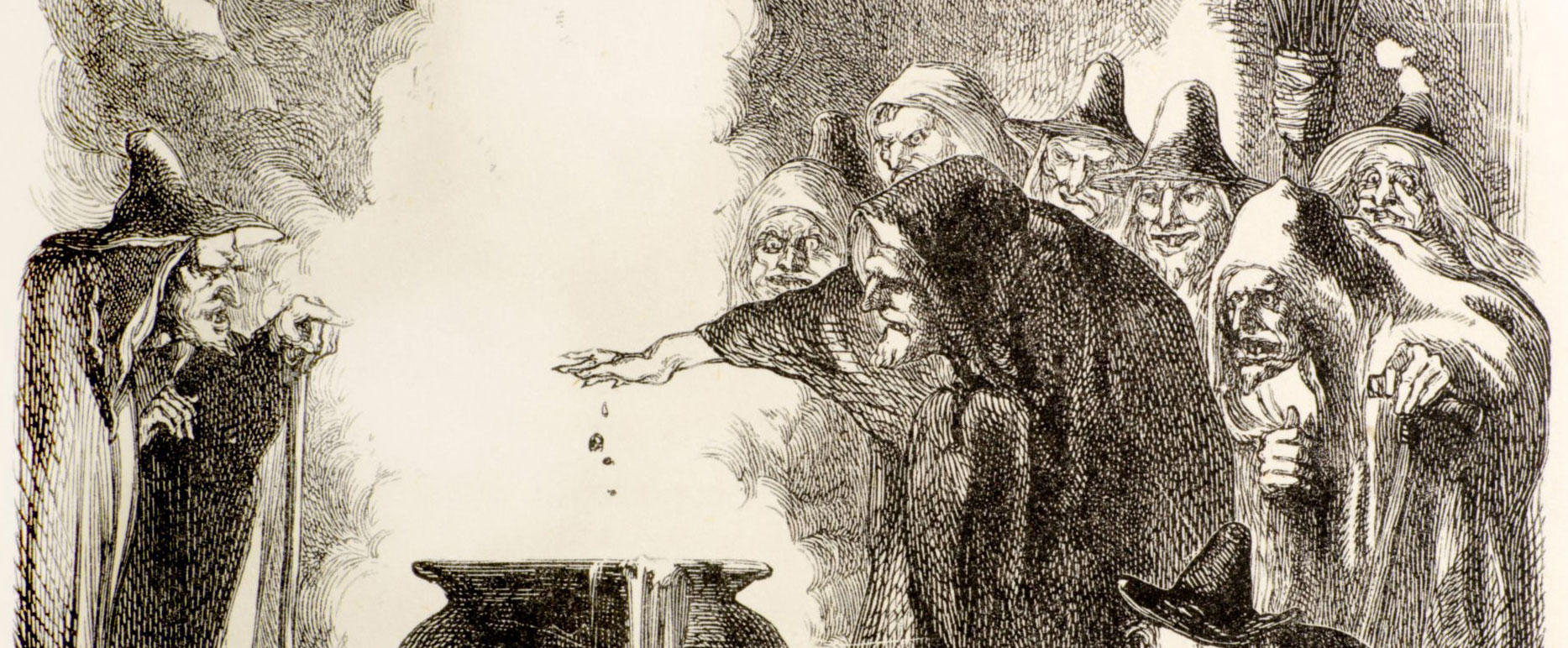BEIJING, CHINA—According to a report in The Asahi Shimbun, a Chinese epitaph at China’s Shenzhen Wangye Museum may have been written by Kibi no Makibi, a powerful Japanese scholar and official, while he was a student in China in the early eighth century A.D. The script, a eulogy for a Tang Dynasty bureaucrat named Li Xun, consists of more than 300 Chinese characters. “It is possible that Li took care of Makibi when he studied at Koro-ji,” said Haruyuki Toni of the Takeda Science Foundation. “When he received the news of Li’s death, Makibi may have picked up a pen and written the epitaph.” Makibi returned to Japan several months after Li’s death, but he eventually became a member of the Japanese envoy to Tang China. “The epitaph is an invaluable historical source for thinking about this history of Japan-China relations,” added Yasunori Kegasawa of Meiji University. To read about a pair of Xiongnu burials recently found in Mongolia, go to "Tomb of the Silver Dragons," one of ARCHAEOLOGY's Top 10 Discoveries of 2019.
Possible Japanese Author of Ancient Chinese Epitaph Identified
News December 30, 2019
Recommended Articles
Features September/October 2025
Myth of the Golden Dragon
Eclectic artifacts from tombs in northeastern China tell the story of a little-known dynasty
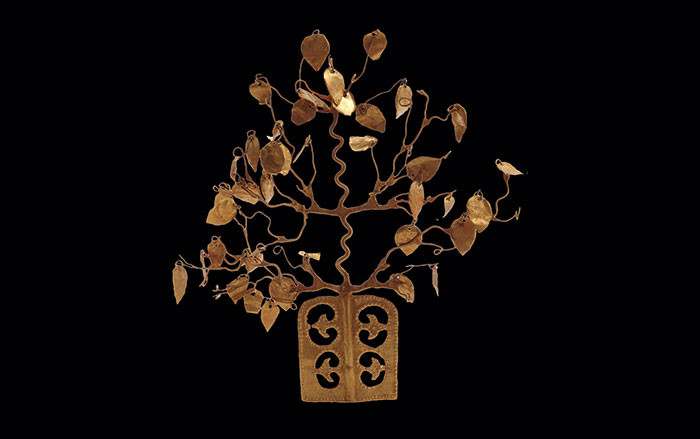
Digs & Discoveries January/February 2022
Japan's Genetic History
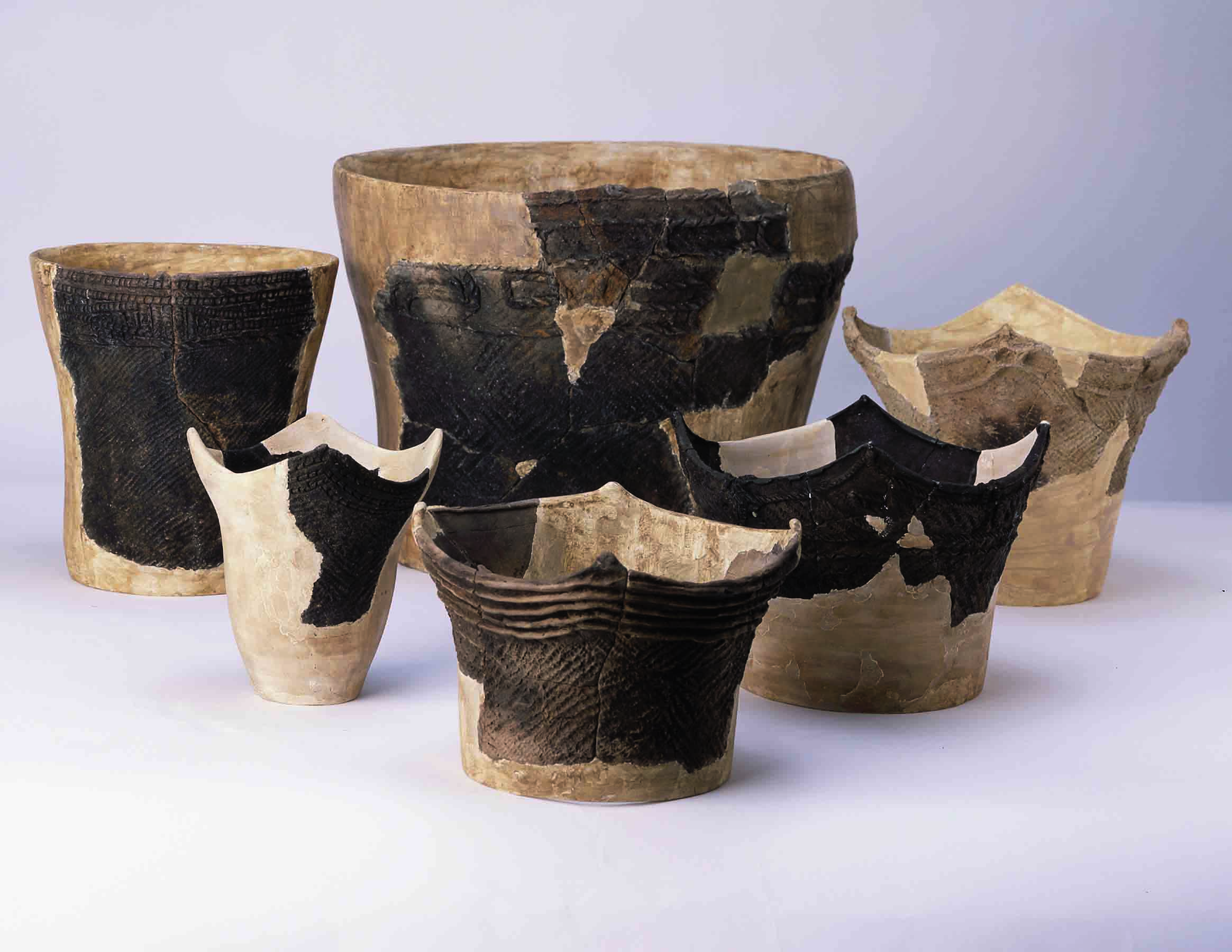
Top 10 Discoveries of 2025 January/February 2026
Oldest Mummified People
Southern China and Southeast Asia
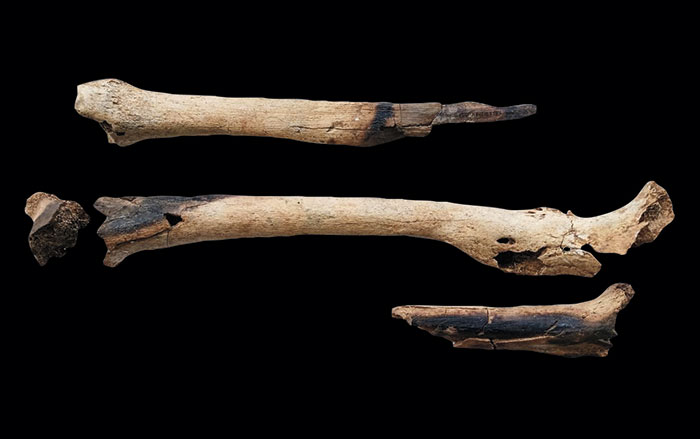
Digs & Discoveries November/December 2025
Ancient Look Book

-
Features November/December 2019
Artists of the Dark Zone
Deciphering Cherokee ritual imagery deep in the caves of the American South
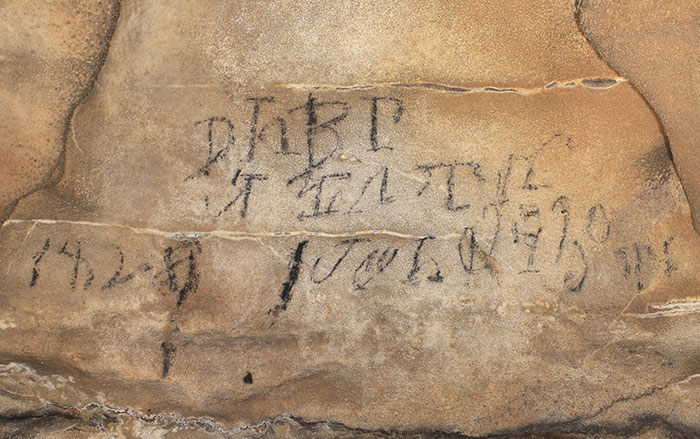 (Alan Cressler)
(Alan Cressler) -
Letter from Jordan November/December 2019
Beyond Petra
After the famous city was deserted, a small village thrived in its shadow
 (Ivan Vdovin/Alamy Stock Photo)
(Ivan Vdovin/Alamy Stock Photo) -
Artifacts November/December 2019
Australopithecus anamensis Cranium
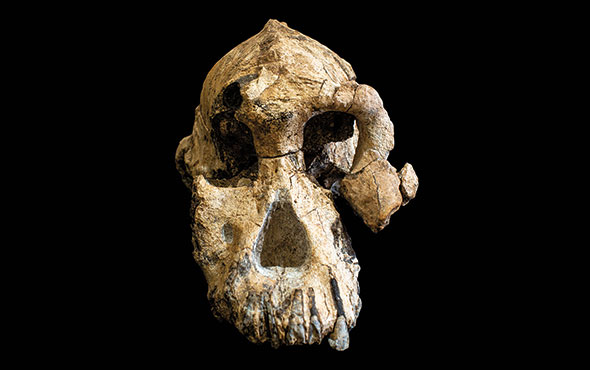 (Dale Omori/Cleveland Museum of Natural History)
(Dale Omori/Cleveland Museum of Natural History) -
Digs & Discoveries November/December 2019
Proof Positive
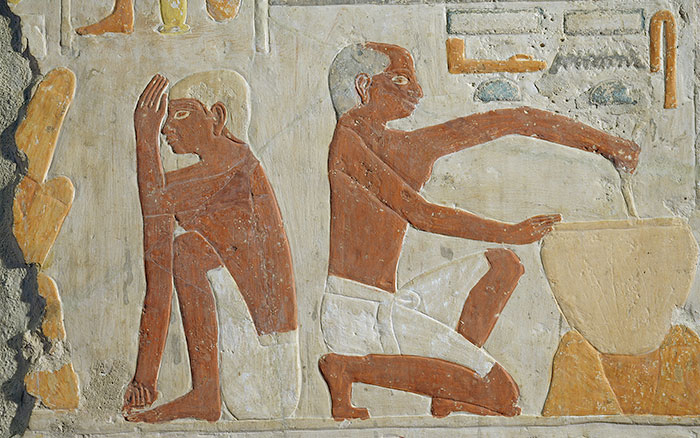 (Erich Lessing/Art Resource)
(Erich Lessing/Art Resource)


